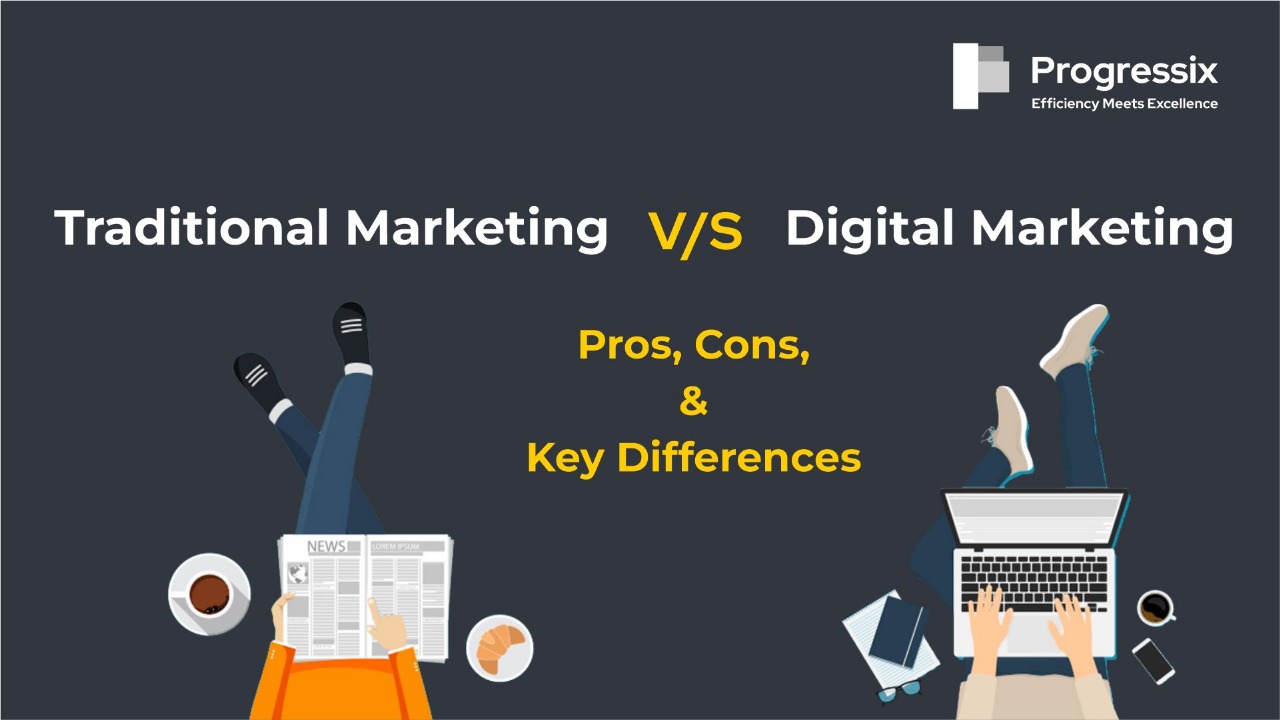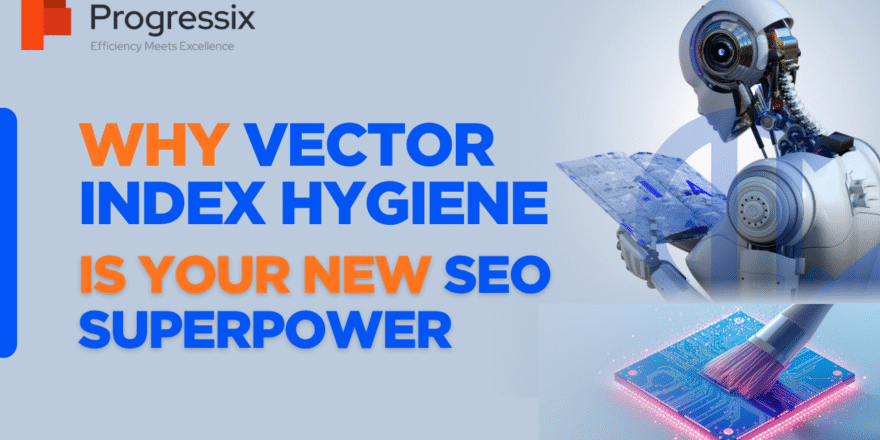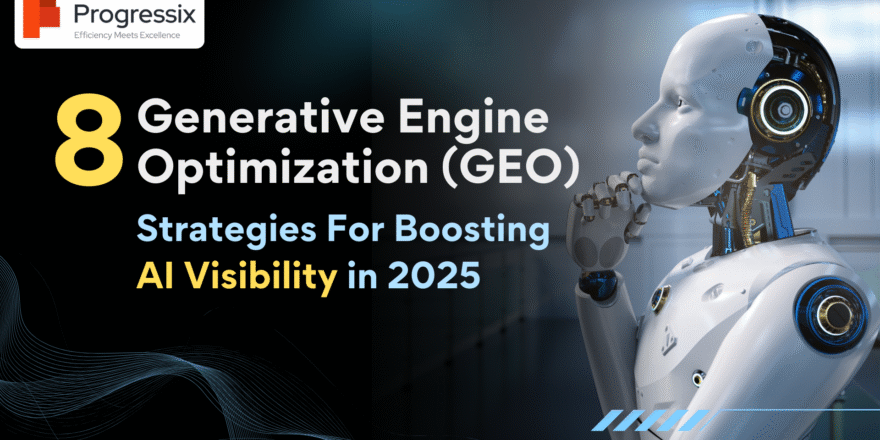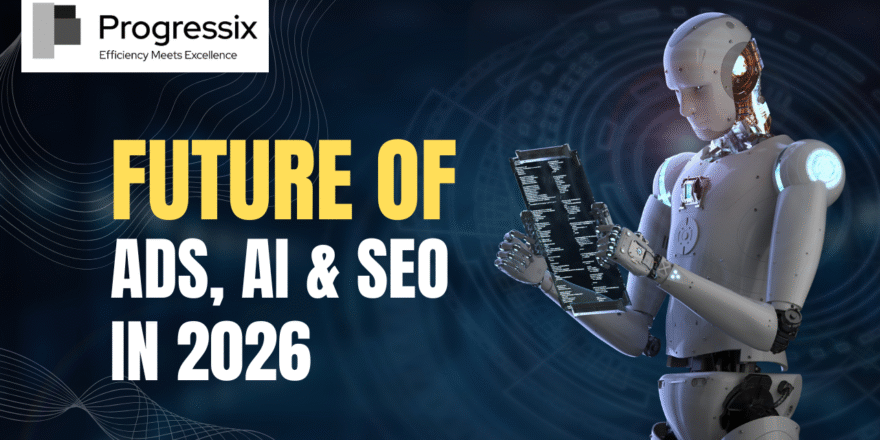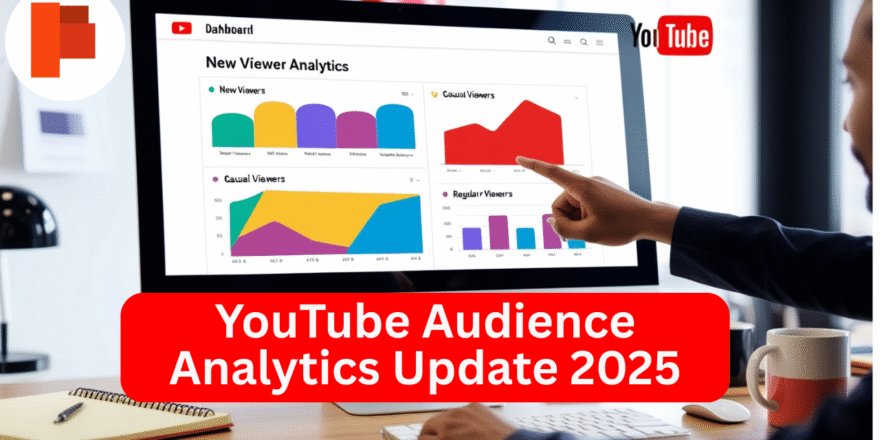Traditional Marketing vs Digital Marketing Pros, Cons, and Key Differences and How Traditional Marketing Differs from Digital Marketing
In today’s fast-paced and ever-evolving business environment, marketing has become a critical component of success. Businesses are constantly exploring new ways to connect with their target audience, build brand awareness, and drive sales. Two primary approaches dominate the marketing landscape: Traditional Marketing vs Digital Marketing. While both aim to achieve similar goals, they differ significantly in their methods, reach, and effectiveness.
This blog will delve into the key differences between traditional and digital marketing, explore their pros and cons, and help you decide which approach is best for your business. Whether you’re a startup or an established enterprise, understanding these marketing strategies is crucial for your success. And if you’re looking for the best digital marketing company, Progressix is the top digital marketing agency in Patna, offering the best SEO services and digital marketing solutions.
What is Traditional Marketing?
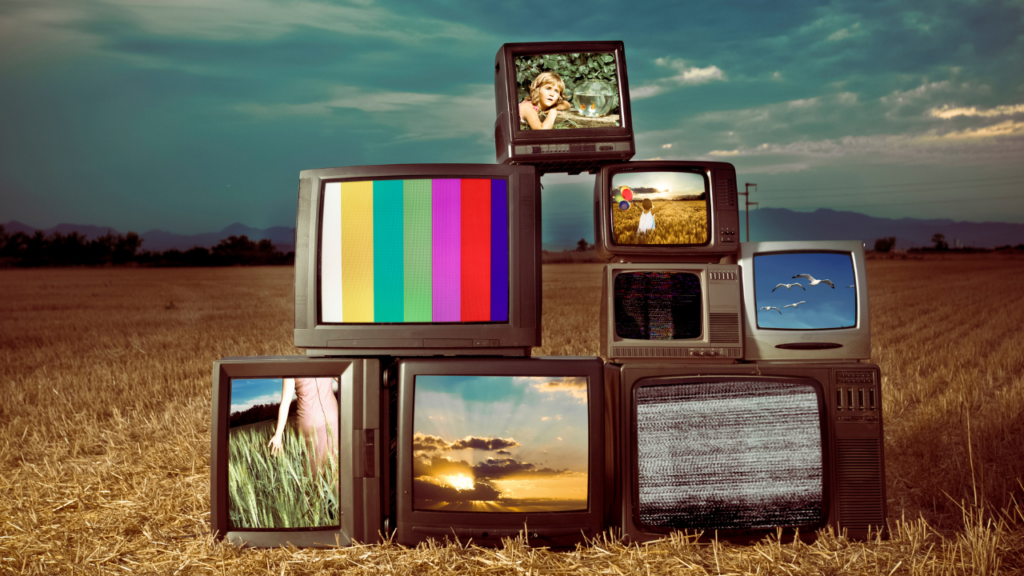
Traditional marketing refers to the conventional methods of promoting products or services that have been used for decades. These methods rely on offline channels to reach the target audience. Traditional marketing encompasses a wide range of tactics, including print ads, television commercials, radio spots, billboards, direct mail, and telemarketing. It is often associated with a one-way communication model, where businesses broadcast their message to a broad audience without direct interaction.
Traditional marketing has been the backbone of advertising for years, especially before the advent of the internet. It is still widely used today, particularly by businesses targeting local or older demographics who may not be as active online.
Why Traditional Marketing?
Despite the rise of digital marketing, traditional marketing continues to hold relevance for several reasons:
Tangible and Trustworthy: Physical advertisements like brochures, flyers, and billboards are tangible, making them more trustworthy for some consumers.
Local Reach: Traditional marketing is highly effective for local businesses targeting a specific geographic area.

Older Demographics: Older generations, who may not be as tech-savvy, are more likely to engage with traditional marketing methods.
Brand Familiarity: Established brands often use traditional marketing to maintain their presence and credibility in the market.
Emotional Connection: TV and radio ads, for example, can create an emotional connection with the audience through storytelling and music.
What is Digital Marketing?
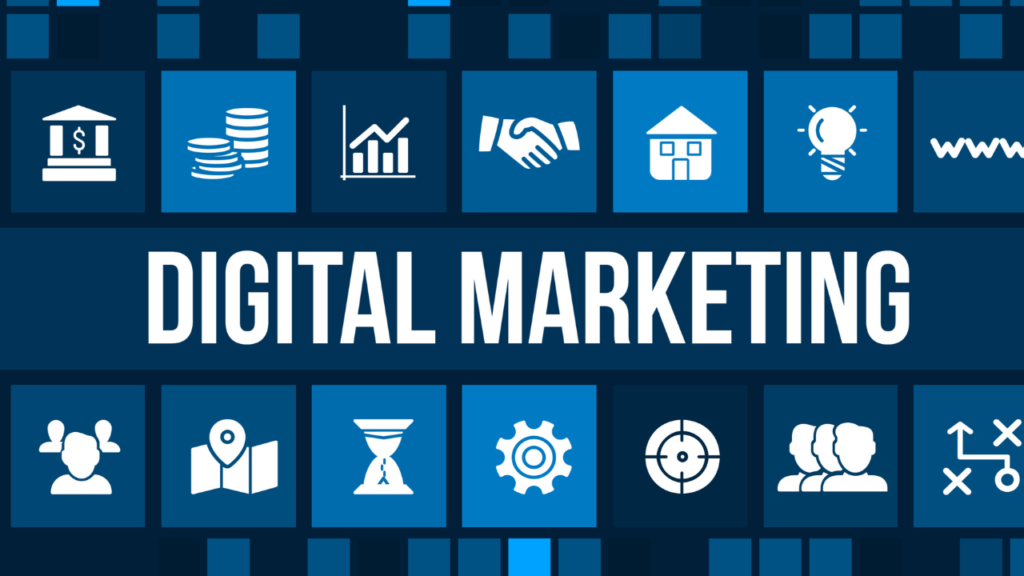
Digital marketing, on the other hand, leverages online platforms and technologies to promote products or services. It includes a wide range of tactics such as search engine optimization (SEO), social media marketing, email marketing, content marketing, pay-per-click (PPC) advertising, and more. Unlike traditional marketing, digital marketing allows for two-way communication, enabling businesses to interact directly with their audience and build relationships.

Digital marketing has gained immense popularity in recent years due to the widespread use of the internet and smartphones. It offers unparalleled targeting capabilities, real-time analytics, and cost-effectiveness, making it a preferred choice for businesses of all sizes.
Why Digital Marketing?
Digital marketing has become indispensable in today’s digital age for several reasons:
Global Reach: Digital marketing allows businesses to reach a global audience, breaking geographical barriers.

Targeted Advertising: With tools like Google Ads and Facebook Ads, businesses can target specific demographics, interests, and behaviors.
Cost-Effective: Digital marketing is often more affordable than traditional marketing, making it accessible to small businesses and startups.
Measurable Results: Digital marketing provides real-time analytics, allowing businesses to track their performance and optimize campaigns.
Engagement and Interaction: Social media platforms and email marketing enable businesses to engage with their audience and build lasting relationships.
Flexibility: Digital marketing campaigns can be easily adjusted based on performance data, ensuring better results over time.
Forms of Digital Marketing
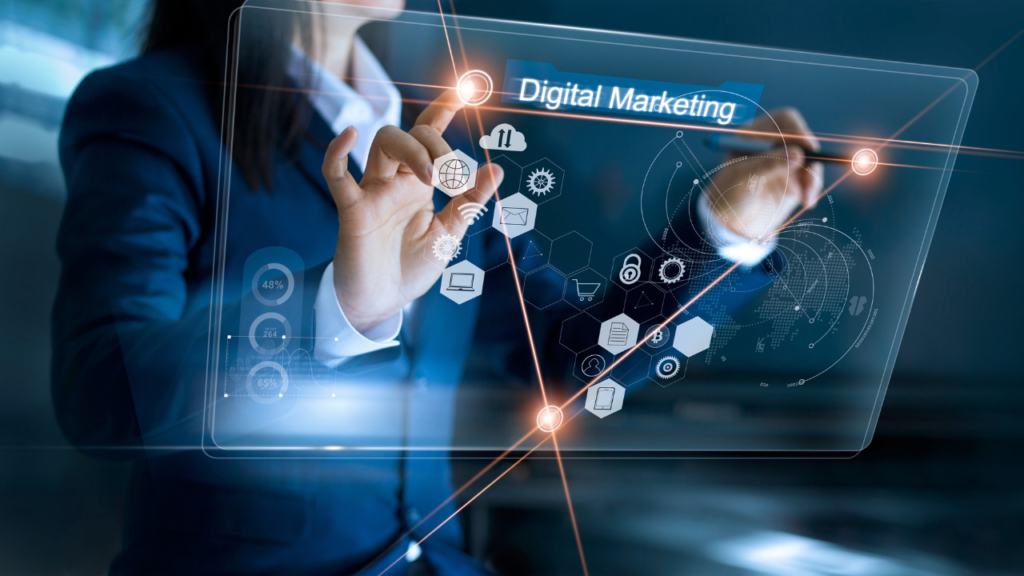
Digital marketing encompasses a variety of tactics, each serving a unique purpose. Here’s a detailed look at the most common forms of digital marketing:
1. Search Engine Optimization (SEO)
SEO is the process of optimizing your website to rank higher on search engines like Google. It involves keyword research, on-page optimization, technical SEO, and link building. SEO is crucial for driving organic traffic to your website. If you’re looking for the best SEO services agency in Patna, Progressix is your go-to partner. They specialize in creating SEO strategies that deliver long-term results.
2. Social Media Marketing
Social media marketing involves promoting your brand on platforms like Facebook, Instagram, LinkedIn, and Twitter. It includes creating and sharing content, running paid ads, and engaging with your audience. Social media marketing is ideal for building brand awareness and fostering customer loyalty.
3. Pay-Per-Click (PPC) Advertising
PPC advertising involves running paid ads on search engines and social media platforms. You only pay when someone clicks on your ad, making it a cost-effective way to drive traffic and conversions. Google Ads and Facebook Ads are popular PPC platforms.
4. Content Marketing
Content marketing focuses on creating valuable content like blogs, videos, infographics, and eBooks to attract and engage your audience. High-quality content not only drives traffic but also establishes your brand as an authority in your industry.
5. Email Marketing
Email marketing involves sending personalized emails to nurture leads and retain customers. It is an effective way to communicate directly with your audience and promote your products or services. Automated email campaigns can save time and improve efficiency.
6. Affiliate Marketing
Affiliate marketing involves partnering with influencers or other businesses to promote your products. You pay a commission for every sale or lead generated through their efforts. This is a performance-based marketing strategy that can expand your reach.
7. Influencer Marketing
Influencer marketing involves collaborating with influencers to reach their followers and build brand credibility. Influencers can help you tap into new audiences and create authentic connections with potential customers.
8. Video Marketing
Video marketing uses videos to promote your brand, products, or services. Platforms like YouTube, Instagram, and TikTok are ideal for video marketing. Videos are highly engaging and can convey complex messages in a simple and visually appealing way.
9. Mobile Marketing
Mobile marketing targets users on their smartphones through SMS, push notifications, and mobile apps. With the increasing use of mobile devices, this form of marketing is becoming increasingly important.
10. Display Advertising
Display advertising involves placing visual ads on websites, apps, or social media platforms. These ads can include banners, images, or interactive content. Display ads are effective for increasing brand visibility.
11. Remarketing
Remarketing targets users who have previously visited your website but did not convert. By showing them relevant ads, you can encourage them to return and complete their purchase.
12. Voice Search Optimization
With the rise of voice assistants like Alexa and Siri, optimizing your content for voice search is becoming essential. This involves using conversational keywords and providing concise answers to common questions.
Forms of Traditional Marketing
Traditional marketing also includes a variety of methods, each with its own strengths. Here’s a detailed look at the most common forms of traditional marketing:
1. Print Advertising
Print advertising includes ads in newspapers, magazines, brochures, and flyers. It is a tangible form of marketing that can be highly effective for local businesses.
2. Television Commercials
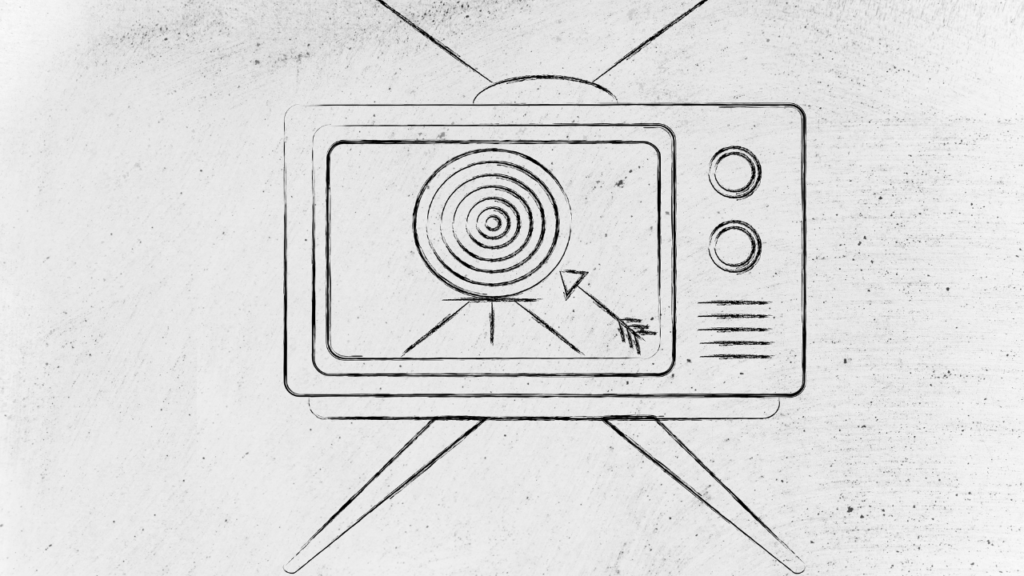
TV commercials are a powerful way to reach a broad audience. They allow for creative storytelling and can create a strong emotional connection with viewers.
3. Radio Advertising
Radio advertising involves promoting products or services through radio spots. It is a cost-effective way to reach local audiences, especially during peak listening hours.
4. Direct Mail
Direct mail involves sending physical mail like postcards or catalogs to potential customers. It is a personalized form of marketing that can yield high response rates.
5. Billboards and Outdoor Advertising
Billboards and outdoor ads are placed in high-traffic areas to capture attention. They are ideal for building brand awareness and reaching a large audience.
6. Telemarketing
Telemarketing involves reaching out to potential customers via phone calls. While it can be intrusive, it is an effective way to generate leads and sales.
7. Event Sponsorships
Sponsoring events can increase brand visibility and create positive associations with your brand. It is a great way to engage with your target audience in person.
Pros and Cons of Traditional Marketing
Pros:
Wide Reach: Traditional marketing methods like TV and radio can reach a large audience.
Tangible: Physical ads like brochures and billboards are more memorable for some consumers.
Local Targeting: Ideal for businesses targeting a specific geographic area.
Trustworthy: Many consumers still trust traditional media more than online ads.
Emotional Impact: TV and radio ads can create a strong emotional connection through storytelling and music.
Cons:
High Costs: Traditional marketing can be expensive, especially for small businesses.
Limited Interaction: It lacks the two-way communication offered by digital marketing.
Difficult to Measure: Tracking the effectiveness of traditional marketing campaigns can be challenging.
Less Targeted: Traditional methods often reach a broad audience, including those who may not be interested in your product.
Time-Consuming: Creating and distributing traditional marketing materials can take a lot of time.
Pros and Cons of Digital Marketing
Pros:
Cost-Effective: Digital marketing is generally more affordable than traditional methods.
Targeted Advertising: You can reach specific demographics, interests, and behaviors.
Real-Time Analytics: Track your campaign performance and make data-driven decisions.
Global Reach: Expand your business beyond local boundaries.
Engagement: Interact with your audience through social media, email, and other channels.
Flexibility: Easily adjust campaigns based on performance data.
Higher ROI: Digital marketing often delivers a higher return on investment compared to traditional methods.
Cons:
Constant Changes: Digital marketing trends and algorithms change frequently, requiring ongoing adaptation.
High Competition: The digital space is crowded, making it harder to stand out.
Technical Knowledge: Effective digital marketing requires expertise in tools and platforms.
Privacy Concerns: Consumers are becoming more cautious about sharing their data online.
Ad Fatigue: Overexposure to digital ads can lead to ad fatigue, reducing their effectiveness.
Traditional Marketing vs Digital Marketing: What’s the Difference?
The primary difference between digital and traditional marketing lies in the channels and methods used. Traditional marketing relies on offline channels like TV, radio, and print, while digital marketing uses online platforms like search engines, social media, and email. Here are some key distinctions:
Reach: Digital marketing offers a global reach, while traditional marketing is often limited to local or regional audiences.
Cost: Digital marketing is generally more cost-effective, especially for small businesses.
Targeting: Digital marketing allows for precise targeting, whereas traditional marketing is more broad-based.
Interaction: Digital marketing enables two-way communication, while traditional marketing is typically one-way.
Measurability: Digital marketing provides real-time analytics, making it easier to measure success.
Flexibility: Digital marketing campaigns can be adjusted quickly, while traditional marketing campaigns are harder to modify once launched.
Which One is Better?
The answer to this question depends on your business goals, target audience, and budget. Both traditional and digital marketing have their strengths and weaknesses. For example, if you’re targeting an older demographic or a local audience, traditional marketing might be more effective. On the other hand, if you’re looking to reach a global audience or engage with tech-savvy consumers, digital marketing is the way to go.
In many cases, a combination of both strategies can yield the best results. For instance, you can use traditional marketing to build brand awareness and digital marketing to drive conversions and engagement.
Which Type of Marketing Should You Use?
Choosing the right marketing strategy requires careful consideration of your business objectives and audience. Here are some tips to help you decide:
Define Your Goals: Are you looking to increase brand awareness, generate leads, or drive sales? Your goals will influence your choice of marketing strategy.
Know Your Audience: Understand your target audience’s preferences, behaviors, and demographics. For example, if your audience is active on social media, digital marketing is a must.
Consider Your Budget: Digital marketing is often more affordable, but traditional marketing can be effective for certain audiences.
Test and Optimize: Experiment with different strategies and measure their effectiveness. Use data to refine your approach.
If you’re unsure where to start, consider partnering with a professional agency like Progressix, the best digital marketing agency in Patna. With their expertise in SEO, social media marketing, and more, they can help you create a customized marketing plan that delivers results.
FAQs: Traditional Marketing vs Digital Marketing
1. What is the main difference between traditional and digital marketing?
The main difference lies in the channels used. Traditional marketing relies on offline methods like TV, radio, and print, while digital marketing uses online platforms like search engines, social media, and email.
2. Which is more cost-effective: traditional or digital marketing?
Digital marketing is generally more cost-effective, especially for small businesses, as it allows for precise targeting and real-time analytics.
3. Can I use both traditional and digital marketing together?
Yes, combining both strategies can yield the best results. For example, you can use traditional marketing for brand awareness and digital marketing for engagement and conversions.
4. What are the best forms of digital marketing?
Some of the best forms include SEO, social media marketing, PPC advertising, content marketing, and email marketing.
5. Is traditional marketing still relevant?
Yes, traditional marketing is still relevant, especially for local businesses and older demographics.
6. How do I choose between traditional and digital marketing?
Consider your business goals, target audience, and budget. If you’re targeting a global or tech-savvy audience, digital marketing is ideal. For local or older audiences, traditional marketing may be more effective.
7. What is the role of SEO in digital marketing?
SEO is crucial for driving organic traffic to your website by improving its visibility on search engines like Google.
8. Why is Progressix considered the best digital marketing agency in Patna?
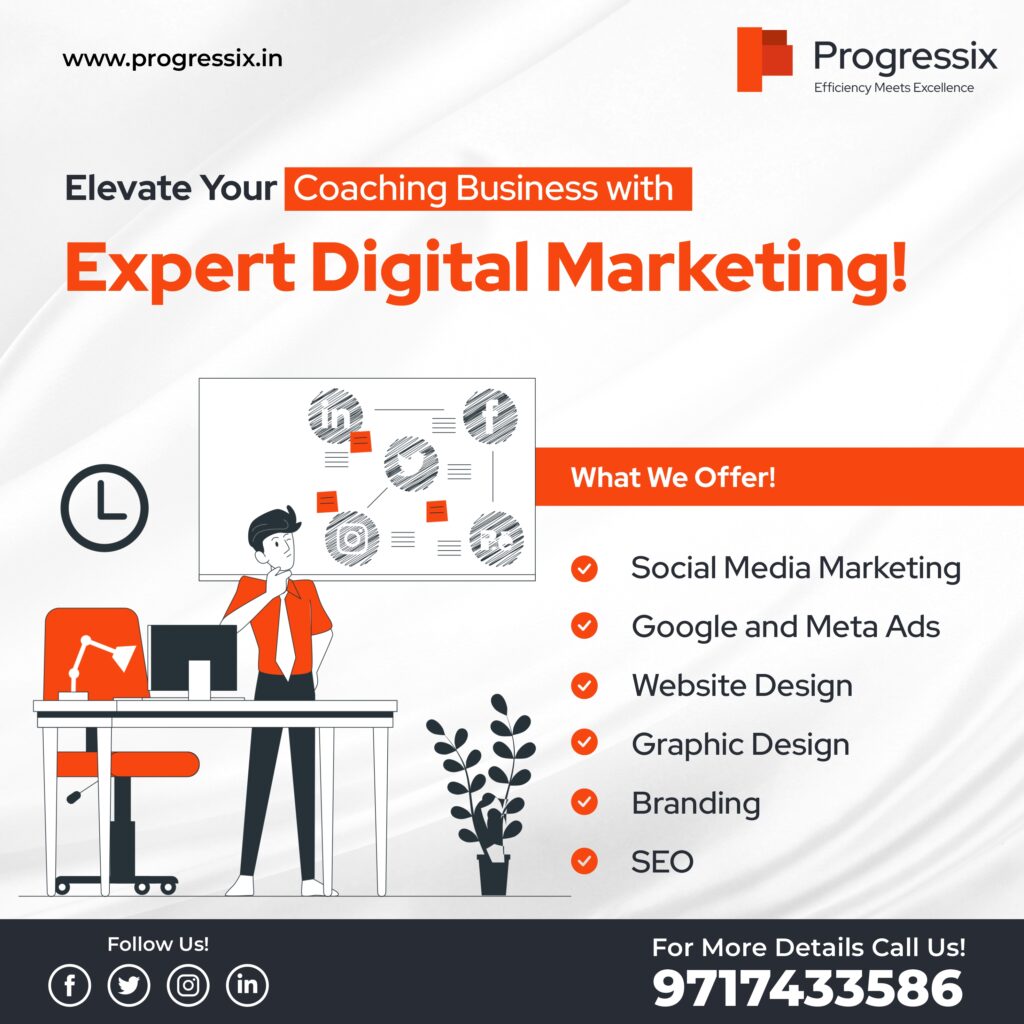
Progressix offers comprehensive digital marketing solutions, including the best SEO services, social media marketing, and more, making it the top choice for businesses in Patna.
9. How can I measure the success of my digital marketing campaigns?
Use tools like Google Analytics to track metrics such as website traffic, conversion rates, and ROI.
10. What are the challenges of digital marketing?
Challenges include high competition, constant changes in algorithms, and the need for technical expertise.
Conclusion
Both traditional and digital marketing have their place in today’s business landscape. While traditional marketing offers tangible and trustworthy methods, digital marketing provides unparalleled reach, targeting, and engagement. The key is to understand your audience, set clear goals, and choose the right mix of strategies to achieve your objectives.
If you’re looking for the best digital marketing company to help you navigate this complex landscape, look no further than Progressix. As the top digital marketing agency in Patna, they offer the best SEO services and comprehensive digital marketing solutions to help your business thrive in the digital age. Whether you’re a local business or a global brand, Progressix has the expertise and tools to take your marketing efforts to the next level.
So, what are you waiting for? Embrace the power of digital marketing and watch your business grow!
Thanks for Reading…..
Contact Us: 097174 33586
Visit: www.progressix.in
Follow Us:
Linkedin – https://www.linkedin.com/company/progressix/
Facebook – https://www.facebook.com/progressixdigital
Instagram – https://www.instagram.com/progressix_digital/

